SUMMARY
This is AI generated summarization, which may have errors. For context, always refer to the full article.
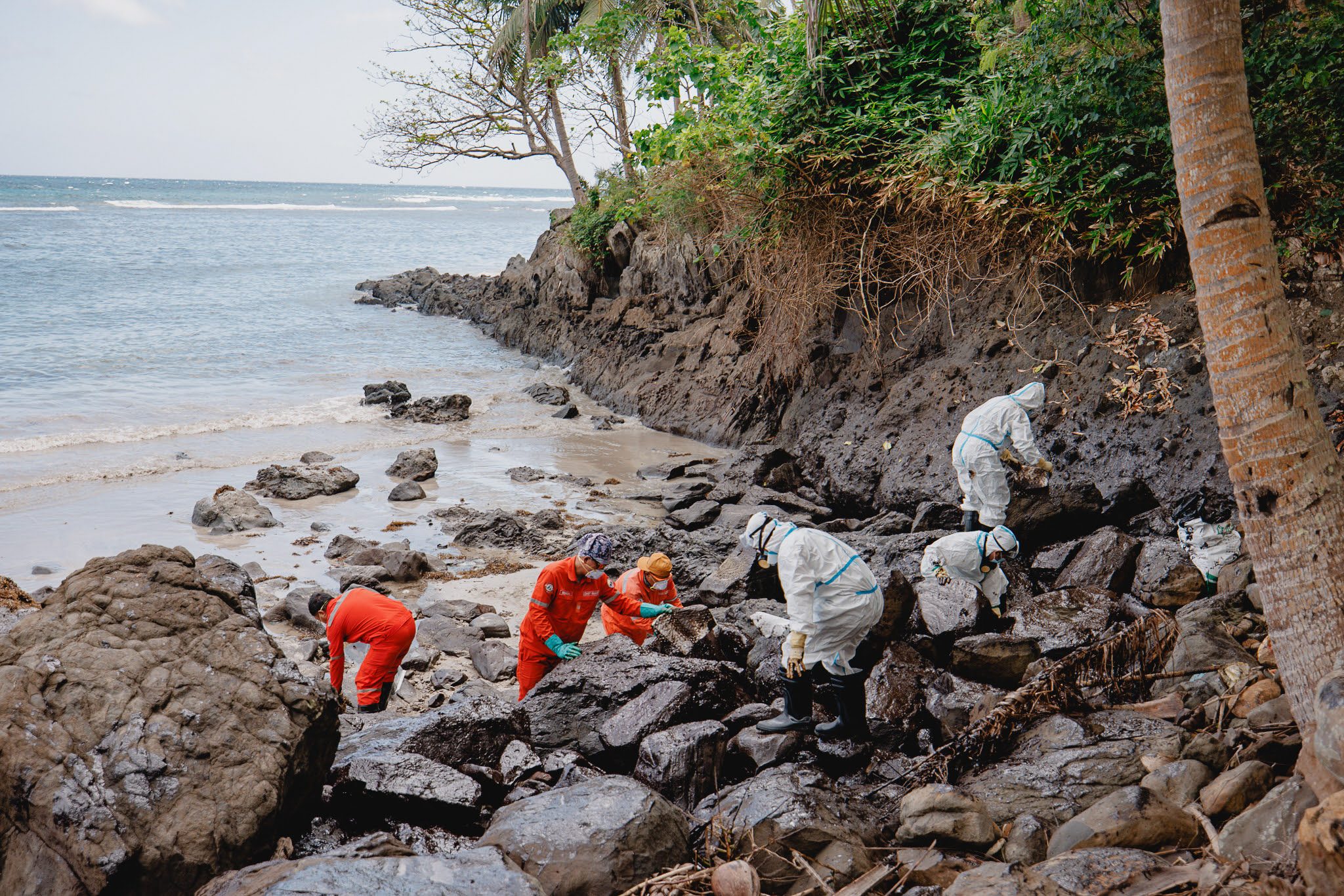
MANILA, Philippines – Gathering more data is needed for the rehabilitation of areas hit by the oil spill, experts say in a virtual public forum on Monday, March 20.
In a forum organized by environmental groups Center for Energy, Ecology, and Greenpeace, Oceana, and the Center for Energy, Ecology, and Development (CEED), experts discussed the effects of the oil spill and the rehabilitation of affected communities.
Hernando Bacosa, environmental science professor at Mindanao State University-Iligan Institute of Technology, said oil fingerprinting was necessary to determine what compounds were being released by oil tanker MV Princess Empress.
Bacosa shared a study he conducted about residues from an oil spill that occurred in Texas in the US. He said his study found that only 16 out of 44 oil spill residues from the Texas incident came from the spill, while the rest came from other sources. Bacosa said this could also be the case with Oriental Mindoro oil spill, suggesting the need for oil fingerprinting.
“Oil can come from multiple sources. Oil fingerprinting should be done to make sure that the oil spreading in other areas came from the Oriental Mindoro oil spill,” Bacosa said.
“We haven’t analyzed the oil. From that, I can infer what are its components. It could have a thousand compounds. The toxicity of the oil could be determined by this,” Bacosa added.
Environmental lawyer Liza Osorio of Oceana, agreed with Bacosa on the need for oil fingerprinting. Osorio also said there should be an assessment of the impacted sites.
“We need to request support for the assessment of the impacted areas, involve experts, come up with a science technical working group, coordinate actions amongst civil society organizations,” Osorio said.
Focusing on the health impact of the oil spill in people living in coastal communities, Dr. Anthony Leachon said a registry of patients affected by the oil spill should be made.
“If we check these patients, they should be registered and the symptoms must be indicated just like in COVID-19 which we record every day. I think documentation is very important,” Leachon said.
To help establish data, Katherine Sanchez-Escalona, a professor at Mindoro State University (MinSU), said MinSU was preparing for long-term monitoring of the impacts of the oil spill.
“What we can do is actually long-term monitoring which we can do regularly every two months or per quarter. What we’re thinking now is to also involve thesis students because some of our students are living in affected sites,” the MinSU professor said.
Greenpeace Philippines campaigner Jeffrey Chua said that aside for documentation purposes, data is needed for rehabilitation of affected sites.
“One of the more important things that need to be there, that need to be in place, is the presence of data. Because these data and information will be the foundation of sound planning and rehabilitation,” Chua said.
Chua also said Greenpeace is also looking to institute citizen science initiatives to help communities gather data on their own which could be used for rehabilitation. – Rappler.com
Add a comment
How does this make you feel?
![[Under 3 Minutes] Kumusta na ang Yolanda housing projects?](https://www.rappler.com/tachyon/2023/11/title-card-ls-3.jpg?resize=257%2C257&crop_strategy=attention)
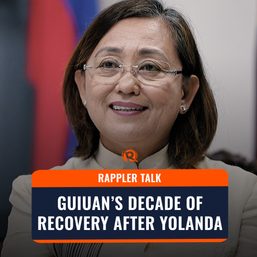
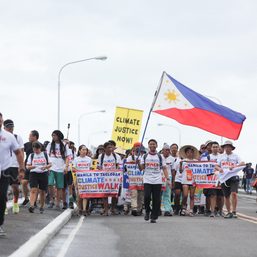
![[Vantage Point] Risky recovery](https://www.rappler.com/tachyon/2023/03/vantage-point-risky-recovery-March-24-2023.jpg?resize=257%2C257&crop=286px%2C0px%2C720px%2C720px)
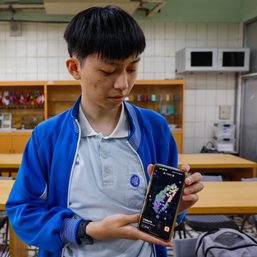

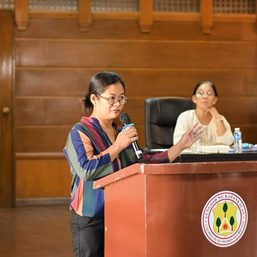
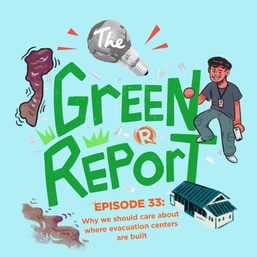
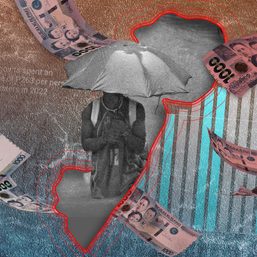


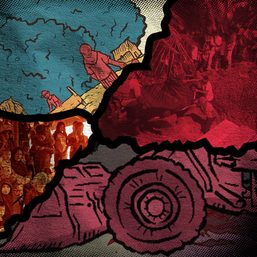
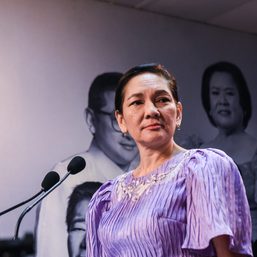
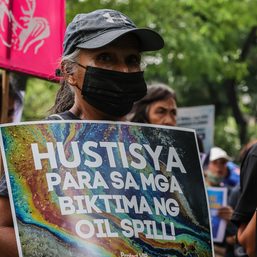
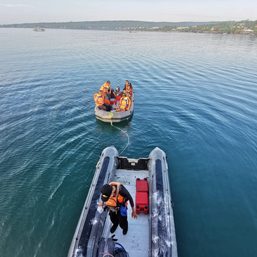
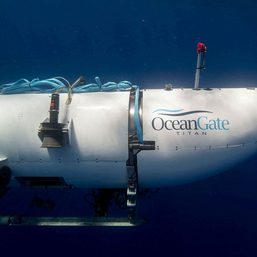
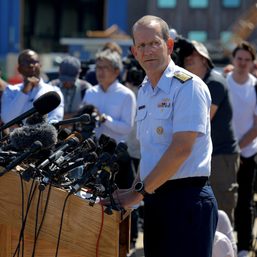
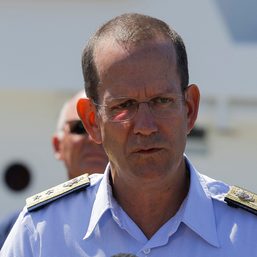
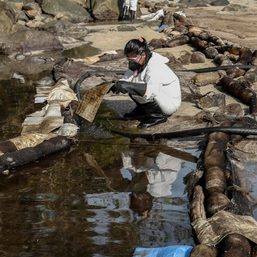
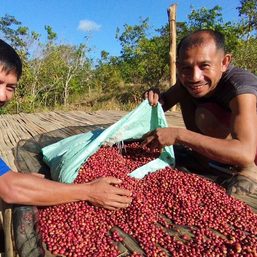
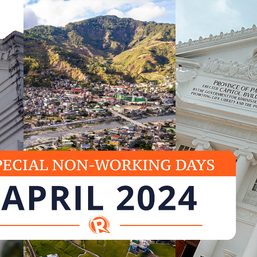
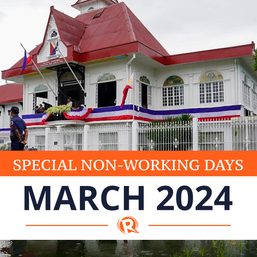
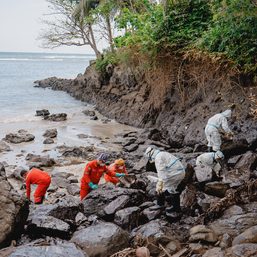
There are no comments yet. Add your comment to start the conversation.